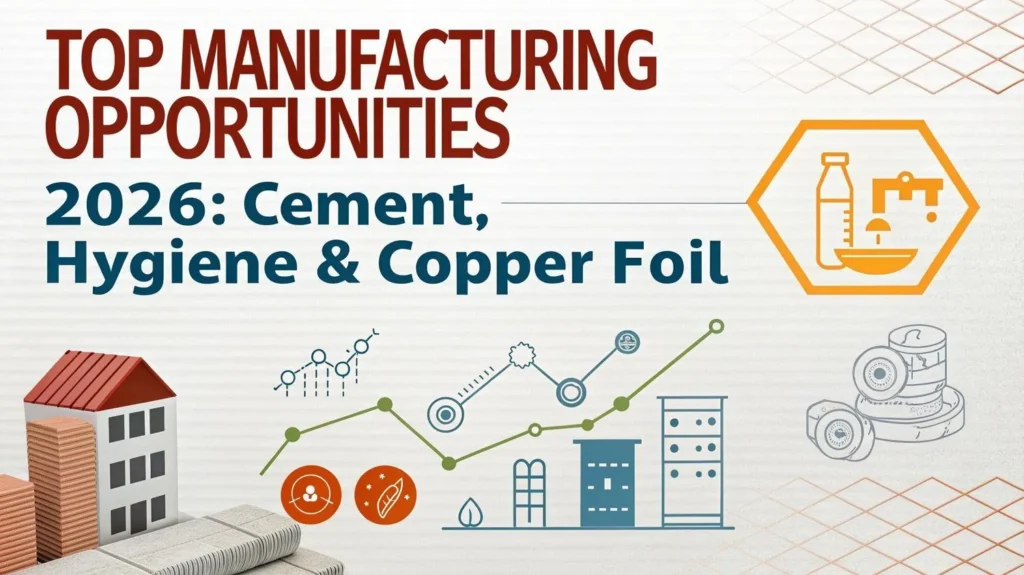The demand for decorative and protective coatings is constantly rising across residential, commercial, and industrial sectors. Among these, Paints and Lacquers have established themselves as indispensable materials due to their protective, aesthetic, and functional properties. These products not only enhance appearance but also provide long-term durability against environmental effects. To meet the growing market demand, manufacturers must understand the detailed production steps and choose high-quality raw materials.
See Also : Pharmaceutical Bulk Drugs
Understanding the Manufacturing Process of Paints and Lacquers
Before diving into the steps, it is important to differentiate between paints and lacquers. Paints are pigmented liquids that form a solid film after drying, while lacquers dry mainly through solvent evaporation, resulting in a hard, smooth, and glossy finish. Though they serve slightly different purposes, the fundamental manufacturing process for both involves a structured and technical approach.
Selection and Preparation of Raw Materials
Raw material selection is the foundation of quality in Paints and Lacquers. The key ingredients include pigments, resins, solvents, and additives. Pigments provide color and opacity, resins form the film, solvents adjust viscosity, and additives enhance performance.
Manufacturers first test the raw materials for compatibility and quality. Impurities must be filtered, and solids must be properly ground to avoid uneven texture. Quality control at this stage prevents future issues in application or durability.
Transitioning from material preparation, the next phase involves creating a homogeneous mixture by dispersing the solid components into the liquid base.
Dispersion and Mixing Stage
Proper dispersion ensures even distribution of pigments throughout the liquid medium. This step typically involves high-speed mixers, sand mills, or ball mills. The goal is to break down pigment clusters into fine particles and ensure uniform mixing.
During this stage, the resin and solvents are added in a specific ratio. The mixing process is monitored closely, and viscosity is adjusted to meet the desired application properties. In Paints and Lacquers, achieving proper dispersion is crucial for color consistency, gloss level, and film strength.
Once the mixture reaches optimal consistency, it moves to the next critical phase—milling.
Milling and Grinding Process
Milling helps achieve a uniform particle size and enhances paint stability. The mixture is passed through bead mills or triple roll mills, where grinding beads reduce particle size. This process improves pigment dispersion and gives a smooth texture to the final product.
Grinding continues until the paint achieves required fineness and flow properties. Testing is done using grind gauges to ensure uniformity. For lacquers, extra care is taken to maintain clarity and glossiness, which are key performance attributes.
After milling, the product is transferred to a storage tank for the thinning and let-down process.
Let-down and Adjustment Phase
In this step, furthermore, additional solvents, plasticizers, and additives are introduced to adjust the paint’s flow and finish. Consequently, the let-down process balances viscosity, flow rate, drying time, and surface finish. At this stage, custom formulations are carefully fine-tuned depending on the final application. Therefore, this step plays a crucial role in ensuring the paint meets specific performance standards.
Whether you’re manufacturing wood coatings, industrial protective paints, or decorative wall finishes, this step ensures Paints and Lacquers meet user expectations. Additional agents like defoamers or UV stabilizers are also added based on the final product’s application.
At this stage, the paint or lacquer is technically complete and ready for quality checks before packaging.
Filtration and Quality Control Checks
Filtration removes large particles and ensures a smooth consistency. For lacquers especially, this step is essential to maintain transparency and a glossy finish. Filtration units such as mesh filters or magnetic separators help remove contaminants and metallic particles.
After filtration, multiple quality control tests are conducted. These include:
-
Viscosity testing using viscometers
-
Color consistency checks with spectrophotometers
-
Drying time tests using drying racks or chambers
-
Gloss and sheen measurement
-
Adhesion and durability tests
Only after meeting quality standards are the products cleared for packaging. Regular inspections reduce customer complaints and increase brand reliability.
Packaging and Labeling
Proper packaging ensures that Paints and Lacquers remain stable during storage and transport. The product is filled into containers of varying sizes—ranging from small tins to large drums—depending on customer needs. Cans are sealed using automated machines, and anti-leak measures are applied.
Each container is labeled with product information, safety warnings, usage instructions, and batch numbers. Regulatory compliance and eco-labeling are also important, especially when exporting to countries with strict environmental norms.
Packaging plays a crucial role in marketing as well. An attractive design and clearly printed label build trust with buyers and make your product stand out.
Environmental Considerations and Waste Management
Manufacturers must manage waste generated from solvents, pigments, and other chemicals. Therefore, treatment plants are installed to neutralize harmful substances before disposal. In addition, recovery units are used to reclaim solvents and reduce emissions.
In recent years, eco-friendly Paints and Lacquers—such as water-based or low-VOC variants—have gained popularity. These days, these products reduce air pollution and meet green building requirements. Consequently, manufacturers investing in sustainable solutions also benefit from incentives and improved brand image.
Latest Trends in Paints and Lacquers Manufacturing
The industry is rapidly evolving with the help of technology and innovation. Some recent trends include:
-
Nano-pigments for better durability and color brightness
-
Smart coatings that react to temperature or light
-
Self-healing paints for automotive and aerospace sectors
-
Bio-based resins to reduce dependency on petrochemicals
-
Digital color matching tools for faster and accurate color production
These advancements make manufacturing more efficient and create new product categories that appeal to modern consumers.
Challenges Faced in the Manufacturing Process
Despite technological progress, certain challenges persist:
-
Fluctuating raw material costs impact profit margins
-
Strict environmental regulations require constant updates to production practices
-
Skilled labor shortage affects quality consistency
-
High competition in the market pushes brands to innovate continuously
To overcome these issues, companies must invest in R&D, adopt automation, and train workers regularly. Also, establishing a strong supplier network helps stabilize material costs.
See Also : NPCS March 2016
Final Thoughts
The step-by-step process of manufacturing paints and lacquers demands precision, quality control, and a deep understanding of materials. To begin with, selecting the right raw ingredients lays the foundation for product quality. Subsequently, each stage—from mixing to grinding—must follow strict procedures. Moreover, advanced equipment ensures uniform consistency and texture. In addition, every batch goes through multiple quality checks to meet industry standards. As a result, manufacturers can deliver reliable and high-performance products. Furthermore, adopting new technologies and sustainable practices not only improves efficiency but also increases market appeal. Ultimately, attention to detail at every phase determines the final product’s success.
Manufacturers who focus on consistency, performance, and customer satisfaction can build a strong reputation in this competitive industry. Whether you aim to enter decorative paints, industrial lacquers, or specialty coatings, mastering this process is the key to long-term success.





